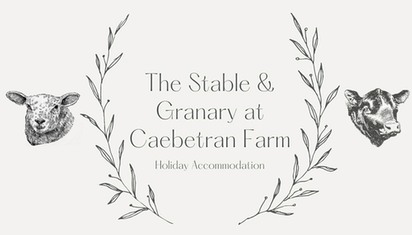
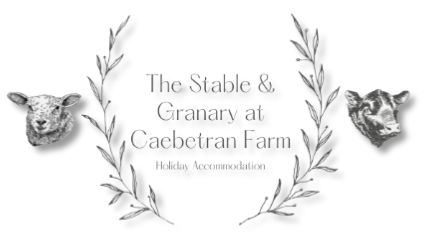
Caebetran Farm © 2021. All rights reserved. Website by View Web Design

Arrive as Visitors, Leave as Friends
01874 754460
07891 118594
There are few places in Wales that can beat the Brecon Beacons for the beauty of its landscape – from wild rugged mountains to remote moorland and gentle wooded valleys. One of three National Parks in Wales it covers a vast area of more than 1344 km².
The Brecon Beacons range, in its truest sense, is a series of mountains to the south of Brecon. There are six main peaks: from west to east these are: Corn Du (873 m or 2864 feet), Pen y Fan, the highest peak (886 m or 2907 feet), Cribyn (795 m or 2608 feet), Fan y Big (719 m or 2359 feet), Bwlch y Ddwyallt (754 m or 2474 ft) and Waun Rydd (769 m or 2523 ft). These summits form a long ridge, and the sections joining the first four form a horseshoe shape around the head of the Taf Fechan river, which flows away to the south-
The Brecon Beacons are said to be named after the ancient practice of lighting signal fires (beacons) on mountains to warn of attacks by invaders, or more recently to commemorate public and national events such as coronations or the Millennium.
The round of the Taf Fechan skyline forms a popular ridge walk commonly known as the 'Beacons Horseshoe'. Many other fine walks exist in this part of the National Park.
In 2005 its western reaches gained global status with its membership of the Global Network of National Geoparks. The Fforest Fawr Geopark with its red sandstone peaks of Pen Y Fan and Corn Du brings visitors from all over the world to enjoy some of the most breathtaking views in the whole country.
The National Park means many different things to the people who live, work in and visit the area.
The National Park has its own history and heritage, and its own cuisine, traditions, myths and culture.
Brecon Beacons National Park Authority
You can download Brecon Beacons -
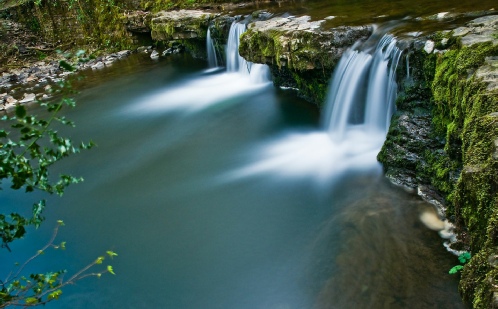

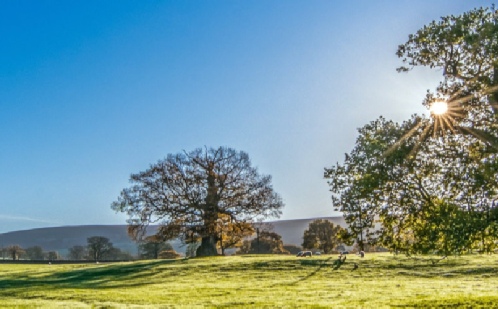
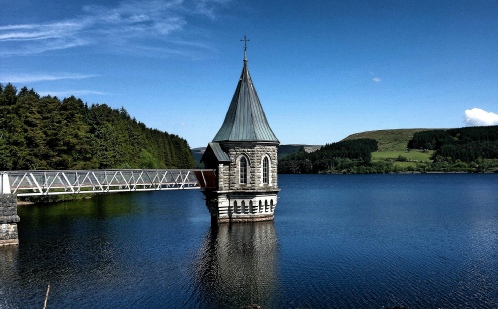
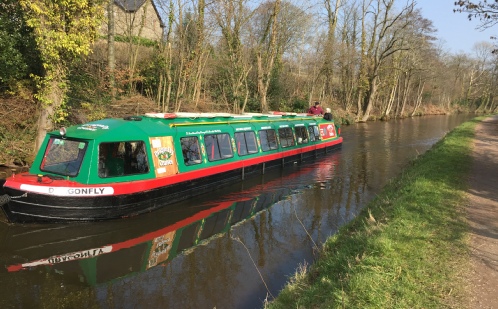
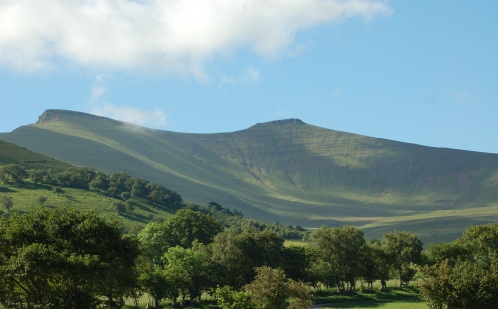
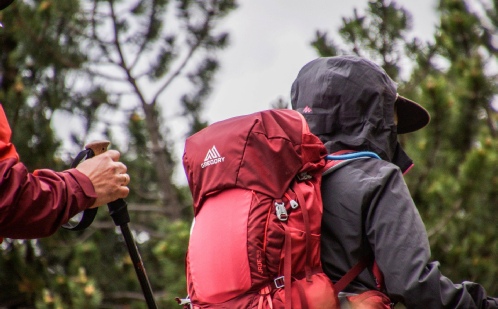
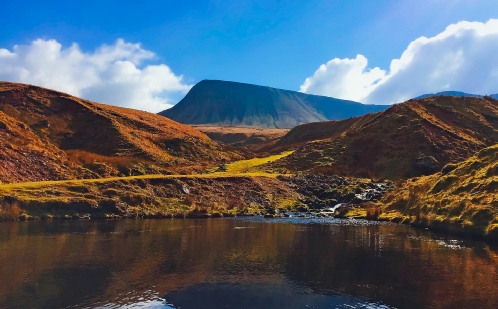




Caebetran Farm,
Caebetran Fawr,
Brecon,
Powys,
LD3 0UL
Telephone: 01874 754460
Mobile: 07891 118594
Email: hazelcaebetran@aol.com



Welcome to The Stable and Granary at Caebetran Farm. Our self-
Stargazing
On a clear night in the Brecon Beacons, you can see the Milky Way, major constellations, bright nebulas and even meteor showers. It’s enough to make anyone starry eyed.
Our Park has some of the highest quality dark skies in the whole of the UK, making it the perfect destination for stargazers.
We think that this is something worth shouting about, so we teamed up with the Brecon Beacons Park Society to apply to the International Dark Sky Association to make our entire National Park an International Dark Sky Reserve. In 2012, we became just the fifth destination in the world (and the first in Wales) to be accredited.
The first International Dark-
Through this highly prestigious status, we hope to preserve our magical night skies for future generations and help reduce carbon dioxide emissions in our Park. We also intend to help protect a whole host of nocturnal creatures that need dark nights to forage, hunt and migrate.
